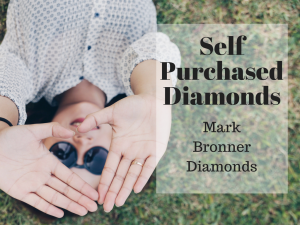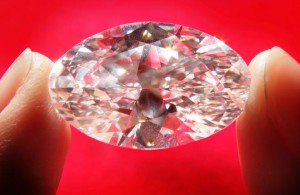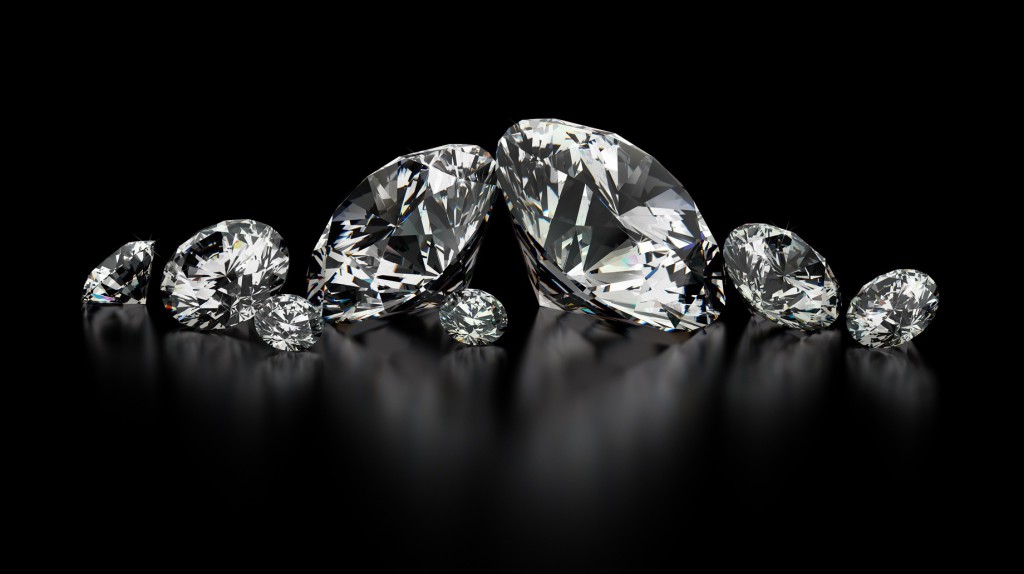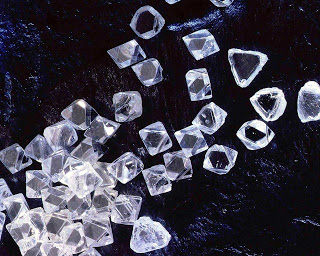Most millennials would agree that they’re the misunderstood generation, but they’re also known for their connection to technology, being the most racially and ethnically diverse generation and getting involved with social causes that mean a lot to them.
Millennials are also known for hating diamonds, the symbol of love.
However, that one is a myth and was started by The Economist a couple of years ago after publishing an article about the diamond industry. The magazine tweeted a question that spurred a lot of buzz:
“Why aren’t millennials buying diamonds?”
The question was in reference to a huge and rare diamond called the “Lesedi La Rona” on auction in London. It failed to produce a buyer for its $70 million value. The article stated that millennials don’t want real diamonds connected to regimes like Zimbabwe with its record of human rights abuses. It also claimed that great-looking diamonds can be created in a lab with today’s exceptional advances in technology and materials.
Nonsense, says the famous De Beers diamond company in London. In fact, Chief Financial Officer Nimesh Patel told the Business Insider that millennials have surpassed their parents in the number of diamonds purchased.Patel explained that in De Beers’s four leading markets, it was millennials doing the buying and racking up 45 percent of the company’s diamond purchases. Those are incredible statistics for a generation that has not even reached “peak affluency,” he said.
Self-purchase has become a major trend with millennials. In other words, marriage isn’t the only occasion for buying a gorgeous sparkler. Patel revealed that self-purchase of diamonds at a younger age is a cool thing with this generation.
Millennials are proud to celebrate individual successes and achievements. They don’t feel the need to wait for someone else to grace them with a diamond. So they’re buying beautiful diamonds in the forms of jewelry they prefer.
Young, independent women are the marketing focus these days, and the trend appears to be growing. The non-bridal diamond purchase is here to stay, and sometimes, romance or love is not the only sound reason to buy some elegant bling.
A stunning piece of diamond jewelry evokes something different to every person. Don’t be fooled; millennials really adore diamonds, and the strong demand continues.



 Yesterday, an
Yesterday, an 
 Geochemist at Columbia University, Yaakov Weiss says, “We can look at diamonds as time capsules, as messengers from a place we have no other way of seeing.” This is an interesting way to conceptualize the expensive precious stones that have been a symbol of affluence as long as time.
Geochemist at Columbia University, Yaakov Weiss says, “We can look at diamonds as time capsules, as messengers from a place we have no other way of seeing.” This is an interesting way to conceptualize the expensive precious stones that have been a symbol of affluence as long as time. Pageants are renowned for churning out crown-worthy queens, each with their own “personal mission” to answer the many questions thrown at them during the Q&A portions of their competition. Topics range from solving world hunger, to fighting the AIDS epidemic, but few winners make good on their promises to change the world. McAlester’s pageant winner, Sanders, is looking to change that tradition.
Pageants are renowned for churning out crown-worthy queens, each with their own “personal mission” to answer the many questions thrown at them during the Q&A portions of their competition. Topics range from solving world hunger, to fighting the AIDS epidemic, but few winners make good on their promises to change the world. McAlester’s pageant winner, Sanders, is looking to change that tradition.